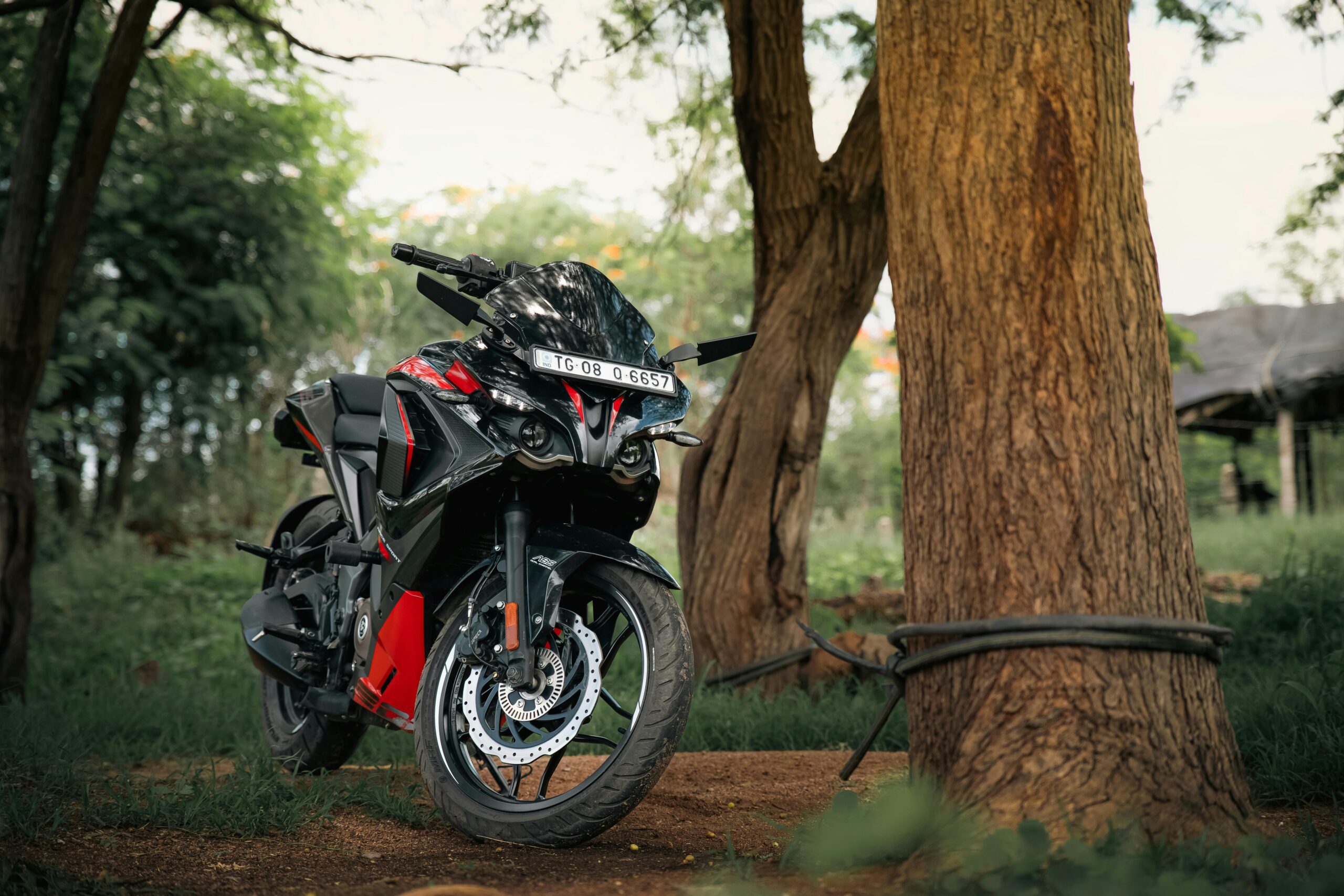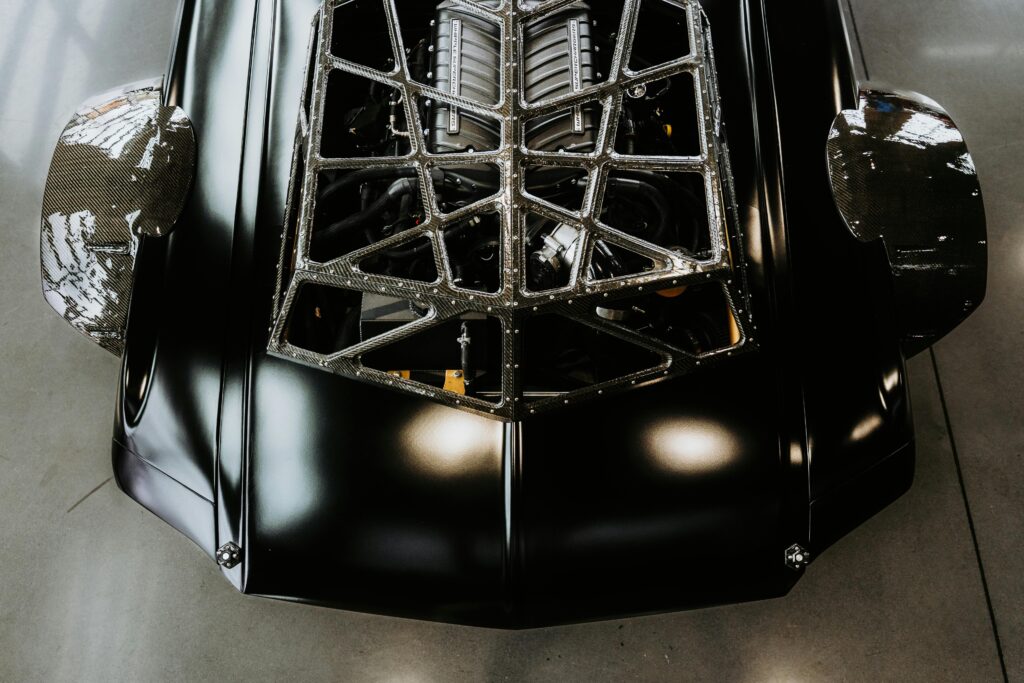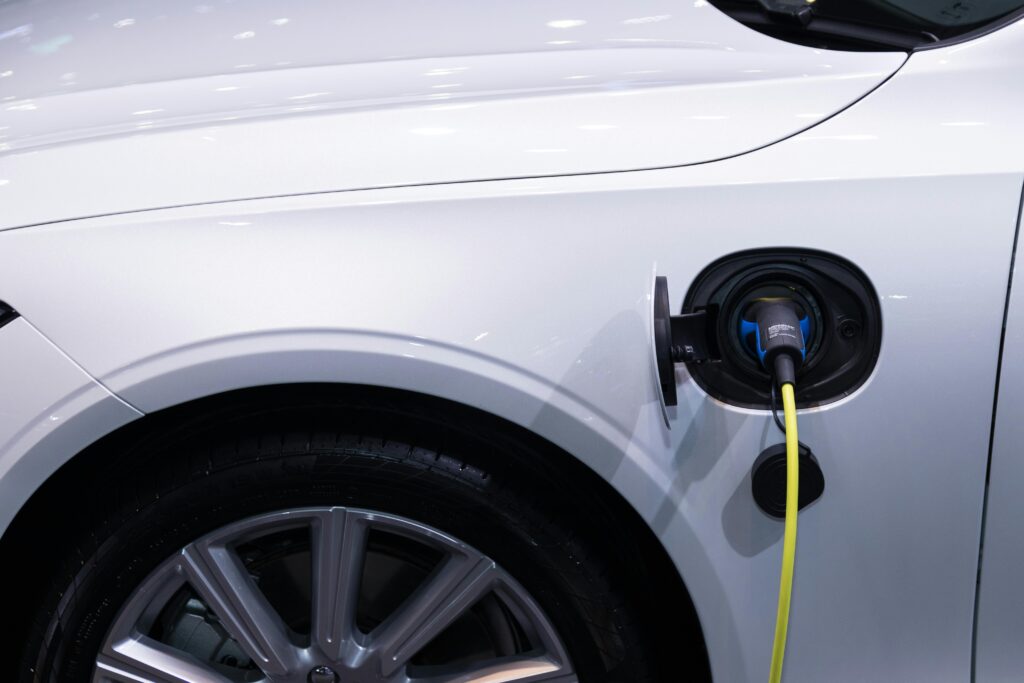Ever wondered why MotoGP bikes look like they’re auditioning for a sci-fi movie? That’s all thanks to relentless updates in bike aerodynamics. From shaving milliseconds off lap times to keeping riders glued to their bikes at 200 mph, these changes are game-changers. But how do they work, and what secrets are hiding beneath those quirky winglets?
In this post, we’ll deep-dive into the cutting-edge world of MotoGP bike aerodynamics. You’ll uncover the *why*, the *how*, and even some laughable “oops” moments where tech went hilariously wrong (spoiler: wings fell off mid-race). Ready? Let’s roll.
Table of Contents
- Key Takeaways
- Why Aero Matters in MotoGP
- Step-by-Step Guide to Aero Updates
- Tips for Teams Using Aero
- Real-Life Success Stories
- Frequently Asked Questions
Key Takeaways
- Aerodynamic designs can reduce drag by up to 15%, directly impacting lap times.
- Winglets and spoilers aren’t just aesthetic—they control downforce crucial for stability.
- Poor implementation of aero parts has led to hilarious mishaps—like broken fairings flying mid-corner.
- The battle over aero tech is fierce among manufacturers, with Ducati often leading innovations.
Why Does Aero Matter So Much in MotoGP?

If you think MotoGP is purely about horsepower and tire grip, you’re missing half the story. Modern racing isn’t won solely on sheer speed—it’s about efficiency. And that’s where bike aerodynamics come into play.
Imagine trying to run through water versus running through air. Now scale it up to 350 km/h speeds. Every millimeter of wind resistance translates to precious milliseconds on the track. A poorly designed fairing could be the difference between first place and last.
“Optimist You:* ‘Just slap some wings on it!'”
Grumpy You: ‘Yeah, unless you want them snapping off on turn three.’*
Rant Corner: The Winglet Wars
Remember when teams started slapping massive winglets onto their bikes? It was chaos—a literal arms race but with carbon fiber flaps. Riders complained they looked ridiculous; engineers argued they were necessary. Meanwhile, fans loved the drama. Finally, regulators stepped in to limit size and placement, calming everyone… sort of.
Step-by-Step Guide to Understanding Aero Updates

Let’s break down how MotoGP teams develop and refine bike aerodynamics:
Step 1: Wind Tunnel Testing
Before anything hits the asphalt, it spends hours in wind tunnels. Engineers tweak every detail—from the shape of intake ducts to the angle of winglets—to optimize airflow.
Step 2: Simulations
Software simulations predict how new designs will perform under real-world conditions. Think virtual crashes minus the hospital bills.
Step 3: Prototype Builds
Once confident, prototypes hit private test tracks. Here’s where things get wild because field testing reveals flaws no computer ever saw coming.
Step 4: Fine-Tuning
Iterate, iterate, ITERATE. Even tiny adjustments like rounding an edge or shifting a winglet position can shave tenths off lap times.
Top Tips for Implementing Bike Aerodynamics Effectively

- Don’t Be Greedy: Overloading bikes with too many aerodynamic elements leads to diminishing returns—and potential disasters like rogue winglets detaching mid-lap. Trust me, nobody wants THAT viral moment.
- Balance Is Key: Focus on blending downforce with minimal extra weight. Remember, more force means better stability, but not if it slows you down elsewhere.
- Regulatory Limits Are Your Friend: Work within limits set by governing bodies. Pushing boundaries might sound cool, but penalties hurt worse than losing races.
Case Study: Ducati Dominates With Advanced Aero
Ducati didn’t invent aerodynamic bikes, but damn did they perfect them. Their Desmosedici GP series introduced radical winglets that revolutionized corner entry stability. By generating controlled downforce without adding excessive drag, Ducati became almost unbeatable on circuits demanding high-speed precision.
This success story shows the power of innovation combined with practicality. Instead of copying others’ ideas, Ducati carved its own path—a lesson any team should take note of.
FAQs About Bike Aerodynamics in MotoGP
Q: Why don’t MotoGP bikes use full-size wings like cars?
A: Space constraints and rider safety make smaller winglets more viable. Plus, motorcycle dynamics differ significantly from four-wheel vehicles.
Q: Do aerodynamic changes really affect race outcomes?
A: Absolutely! Minor tweaks influence handling, braking performance, and top speed, which collectively decide victory or defeat.
Q: Are MotoGP aerodynamic rules likely to change further?
A: Given past evolutions, expect ongoing restrictions as officials try balancing competition fairness.
Conclusion
Bike aerodynamics may sound geeky, but trust me—it’s the secret sauce behind MotoGP glory. From futuristic fairings to controversial winglets, these updates continually reshape one of the planet’s fastest sports. Next time you watch a race, pay attention to those sleek machines zipping past—not just for their looks but for the brilliant science propelling them forward.
And hey, remember our rant about chaotic winglets? Well, maybe now you appreciate the delicate balance required to ride that fine line between genius and disaster. Like a Tamagotchi, your understanding of MotoGP aerodynamics needs daily care. Keep watching, keep learning, and above all—keep cheering!


